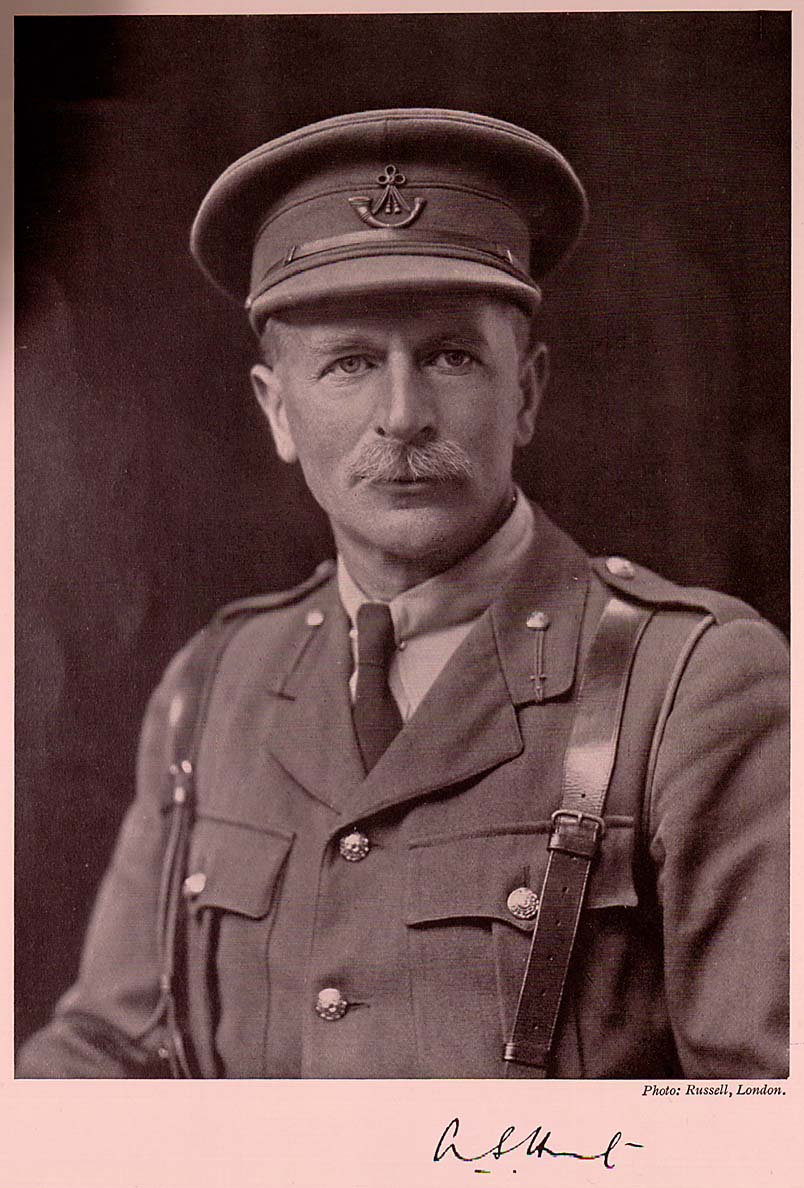|
Papyrus Oxyrhynchus 236
Papyrus Oxyrhynchus 236 (P. Oxy. 236 or P. Oxy. II 236) consists of three fragments concerning Ptolemy Neos Dionysus (Auletes), written in Greek. They were discovered in Oxyrhynchus. The manuscript was written on papyrus in the form of a sheet. It is dated to the 1st century BC. Currently it is housed in The British Library.P. Oxy. 236 at the Oxyrhynchus Online Description This is one of the earliest papyri found at Oxyrhynchus. It describes the form of the royal titles during the reign of Ptolemy Auletes, whose name in 1899 had not been found on a papyrus before. The first of the three fragments is written in an almost |
Ptolemy XII Auletes
Ptolemy XII Neos Dionysus Philopator Philadelphus ( grc-gre, Πτολεμαῖος Νέος Διόνυσος Φιλοπάτωρ Φιλάδελφος, Ptolemaios Neos Dionysos Philopatōr Philadelphos; – 51 BC) was a pharaoh of the Ptolemaic Kingdom of Egypt who ruled from 80 to 58 BC and then again from 55 BC until his death in 51 BC. He was commonly known as Auletes (, "the Flautist"), referring to his love of playing the flute in Dionysian festivals. A member of the Ptolemaic dynasty, he was a descendant of its founder Ptolemy I Soter, a Macedonian Greek general and companion of Alexander the Great. writes about Ptolemy I Soter: "The Ptolemaic dynasty, of which Cleopatra was the last representative, was founded at the end of the fourth century BC. The Ptolemies were not of Egyptian extraction, but stemmed from Ptolemy Soter, a Macedonian Greek in the entourage of Alexander the Great."For additional sources that describe the Ptolemaic dynasty as " Macedonian Greek", pleas ... [...More Info...] [...Related Items...] OR: [Wikipedia] [Google] [Baidu] |
Greek Language
Greek ( el, label= Modern Greek, Ελληνικά, Elliniká, ; grc, Ἑλληνική, Hellēnikḗ) is an independent branch of the Indo-European family of languages, native to Greece, Cyprus, southern Italy (Calabria and Salento), southern Albania, and other regions of the Balkans, the Black Sea coast, Asia Minor, and the Eastern Mediterranean. It has the longest documented history of any Indo-European language, spanning at least 3,400 years of written records. Its writing system is the Greek alphabet, which has been used for approximately 2,800 years; previously, Greek was recorded in writing systems such as Linear B and the Cypriot syllabary. The alphabet arose from the Phoenician script and was in turn the basis of the Latin, Cyrillic, Armenian, Coptic, Gothic, and many other writing systems. The Greek language holds a very important place in the history of the Western world. Beginning with the epics of Homer, ancient Greek literature includes many works of l ... [...More Info...] [...Related Items...] OR: [Wikipedia] [Google] [Baidu] |
Oxyrhynchus
Oxyrhynchus (; grc-gre, Ὀξύρρυγχος, Oxýrrhynchos, sharp-nosed; ancient Egyptian ''Pr-Medjed''; cop, or , ''Pemdje''; ar, البهنسا, ''Al-Bahnasa'') is a city in Middle Egypt located about 160 km south-southwest of Cairo in Minya Governorate. It is also an archaeological site, considered one of the most important ever discovered. Since the late 19th century, the area around Oxyrhynchus has been excavated almost continually, yielding an enormous collection of papyrus texts dating from the Ptolemaic Kingdom and Roman Egypt. They also include a few vellum manuscripts, and more recent Arabic manuscripts on paper (for example, the medieval P. Oxy. VI 1006) History Ancient Egyptian Era Oxyrhynchus lies west of the main course of the Nile on the Bahr Yussef, a branch that terminates in Lake Moeris and the Faiyum oasis. In ancient Egyptian times, there was a city on the site called Per-Medjed, named after the medjed, a species of elephantfish of th ... [...More Info...] [...Related Items...] OR: [Wikipedia] [Google] [Baidu] |
Papyrus
Papyrus ( ) is a material similar to thick paper that was used in ancient times as a writing surface. It was made from the pith of the papyrus plant, '' Cyperus papyrus'', a wetland sedge. ''Papyrus'' (plural: ''papyri'') can also refer to a document written on sheets of such material, joined side by side and rolled up into a scroll, an early form of a book. Papyrus is first known to have been used in Egypt (at least as far back as the First Dynasty), as the papyrus plant was once abundant across the Nile Delta. It was also used throughout the Mediterranean region. Apart from a writing material, ancient Egyptians employed papyrus in the construction of other artifacts, such as reed boats, mats, rope, sandals, and baskets. History Papyrus was first manufactured in Egypt as far back as the fourth millennium BCE.H. Idris Bell and T.C. Skeat, 1935"Papyrus and its uses"(British Museum pamphlet). The earliest archaeological evidence of papyrus was excavated in 2012 an ... [...More Info...] [...Related Items...] OR: [Wikipedia] [Google] [Baidu] |
The British Library
The British Library is the national library of the United Kingdom and is one of the largest libraries in the world. It is estimated to contain between 170 and 200 million items from many countries. As a legal deposit library, the British Library receives copies of all books produced in the United Kingdom and Ireland, including a significant proportion of overseas titles distributed in the UK. The Library is a non-departmental public body sponsored by the Department for Digital, Culture, Media and Sport. The British Library is a major research library, with items in many languages and in many formats, both print and digital: books, manuscripts, journals, newspapers, magazines, sound and music recordings, videos, play-scripts, patents, databases, maps, stamps, prints, drawings. The Library's collections include around 14 million books, along with substantial holdings of manuscripts and items dating as far back as 2000 BC. The library maintains a programme for content acquis ... [...More Info...] [...Related Items...] OR: [Wikipedia] [Google] [Baidu] |
Uncial
Uncial is a majuscule Glaister, Geoffrey Ashall. (1996) ''Encyclopedia of the Book''. 2nd edn. New Castle, DE, and London: Oak Knoll Press & The British Library, p. 494. script (written entirely in capital letters) commonly used from the 4th to 8th centuries AD by Latin and Greek scribes. Uncial letters were used to write Greek and Latin, as well as Gothic and Coptic. Development Early uncial script most likely developed from late rustic capitals. Early forms are characterized by broad single-stroke letters using simple round forms taking advantage of the new parchment and vellum surfaces, as opposed to the angular, multiple-stroke letters, which are more suited for rougher surfaces, such as papyrus. In the oldest examples of uncial, such as the fragment of '' De bellis macedonicis'' in the British Library, of the late 1st-early 2nd century, all of the letters are disconnected from one another, and word separation is typically not used. Word separation, however, is characteris ... [...More Info...] [...Related Items...] OR: [Wikipedia] [Google] [Baidu] |
Cursive
Cursive (also known as script, among other names) is any style of penmanship in which characters are written joined in a flowing manner, generally for the purpose of making writing faster, in contrast to block letters. It varies in functionality and modern-day usage across languages and regions; being used both publicly in artistic and formal documents as well as in private communication. Formal cursive is generally joined, but casual cursive is a combination of joins and pen lifts. The writing style can be further divided as "looped", " italic" or "connected". The cursive method is used with many alphabets due to infrequent pen lifting and beliefs that it increases writing speed. Despite this belief, more elaborate or ornamental styles of writing can be slower to reproduce. In some alphabets, many or all letters in a word are connected, sometimes making a word one single complex stroke. A study of gradeschool children in 2013 discovered that the speed of their cursive writin ... [...More Info...] [...Related Items...] OR: [Wikipedia] [Google] [Baidu] |
Bernard Grenfell
Bernard Pyne Grenfell FBA (16 December 1869 – 18 May 1926) was an English scientist and Egyptologist. Life Grenfell was the son of John Granville Grenfell FGS and Alice Grenfell. He was born in Birmingham and brought up and educated at Clifton College in Bristol, where his father taught. He obtained a scholarship in 1888 and enrolled at The Queen's College, Oxford.Bell, H. (2004-09-23). Grenfell, Bernard Pyne (1869–1926), papyrologist. Oxford Dictionary of National Biography. Retrieved 18 Jan. 2018, Selink/ref> With his friend and colleague, Arthur Surridge Hunt, he took part in the archaeological dig of Oxyrhynchus and discovered many ancient manuscripts known as the Oxyrhynchus Papyri, including some of the oldest known copies of the New Testament and the Septuagint. Other notable finds are extensive, including previously unknown works by known classical authors. The majority of the find consists of thousands of documentary texts. Parabiblical material, such as copies of ... [...More Info...] [...Related Items...] OR: [Wikipedia] [Google] [Baidu] |
Arthur Surridge Hunt
Arthur Surridge Hunt, FBA (1 March 1871 – 18 June 1934) was an English papyrologist. Hunt was born in Romford, Essex, England. Over the course of many years, Hunt, along with Bernard Grenfell, recovered many papyri from excavation sites in Egypt, including the Oxyrhynchus Papyri. He worked with Campbell Cowan Edgar on a translation of the Zenon Papyri from the original Greek Greek may refer to: Greece Anything of, from, or related to Greece, a country in Southern Europe: *Greeks, an ethnic group. *Greek language, a branch of the Indo-European language family. **Proto-Greek language, the assumed last common ancestor ... and Demotic. Publications *Grenfell, Bernard Pyne and Hunt, Arthur Surridge, ''Sayings of Our Lord from an early Greek Papyrus'' (Egypt Exploration Fund; 1897). *Grenfell, Bernard Pyne, Hunt, Arthur Surridge, and Hogarth, David George, Fayûm Towns and Their Papyri' (London 1900). *Grenfell, Bernard Pyne and Hunt, Arthur Surridge, eds., Hellenica ... [...More Info...] [...Related Items...] OR: [Wikipedia] [Google] [Baidu] |
Oxyrhynchus Papyri
The Oxyrhynchus Papyri are a group of manuscripts discovered during the late nineteenth and early twentieth centuries by papyrology, papyrologists Bernard Pyne Grenfell and Arthur Surridge Hunt at an ancient Landfill, rubbish dump near Oxyrhynchus in Egypt (, modern ''el-Bahnasa''). The manuscripts date from the time of the Ptolemaic Kingdom, Ptolemaic (3rd century BC) and Roman Empire, Roman periods of Egyptian history (from Final War of the Roman Republic, 32 BC to the Muslim conquest of Egypt in 640 AD). Only an estimated 10% are literary in nature. Most of the papyri found seem to consist mainly of public and private documents: codes, edicts, civil registration, registers, official correspondence, census-returns, tax-assessments, petitions, court of record, court-records, sales, leases, last will and testament, wills, bill (law), bills, Account (bookkeeping), accounts, inventories, horoscopes, and private letters. Although most of the papyri were written in Greek language, ... [...More Info...] [...Related Items...] OR: [Wikipedia] [Google] [Baidu] |
Papyrus Oxyrhynchus 235
Papyrus Oxyrhynchus 235 (P. Oxy. 235 or P. Oxy. II 235) is a horoscope written in Greek. It was discovered in Oxyrhynchus. The manuscript was written on papyrus in the form of a sheet. It is dated to the 1st century. Currently it is housed in the Cambridge University Library.P. Oxy. 235 at the Oxyrhynchus Online Description The papyrus contains the horoscope of a person born about 10 p.m. on September 28, between 15 and 37 AD. The measurements of the fragment are 210 by 135 mm. The handwriting is a good-sized hand. This is one of five known horosc ...[...More Info...] [...Related Items...] OR: [Wikipedia] [Google] [Baidu] |
Papyrus Oxyrhynchus 237
Papyrus Oxyrhynchus 237 (P. Oxy. 237 or P. Oxy. II 237) consists of a fragment of Petition of Dionysia to the Praefect, written in Greek. They were discovered in Oxyrhynchus. The manuscript was written on papyrus in the form of a roll. It was written after 27 June 186. Currently it is housed in the Bodleian Library (Ms. Gr. Class. a 8).P. Oxy. 237 at the Oxyrhynchus Online Description This a long and important papyrus, on the side verso it contains most of the fifth book of the '' Iliad'' (cataloged as |









